I016, Northern Ireland was on the cusp of the rapid development of an anaerobic digestion (AD) sector. Over the space of a few years, the sector has gone from just a handful of AD plants to over 90 in operation today.
The Republic of Ireland is now in the same situation and over the next number of years, is expected to see the rapid development of the AD sector. This means that farmers here are about to be presented with a new farm opportunity and, if it’s right for their business, they should be prepared to take it.
This is according to John McLenaghan, AD operator and deputy president of the Ulster Farmers’ Union (UFU) who spoke at November’s Renewable Gas Forum of Ireland biomethane conference.
John farms near Garvagh, Co Derry, and gave his experience of running and developing a 330kW farm-based AD plant which was commissioned in 2016. He always had a keen interest in renewables, having built one of Northern Ireland’s first farm-based wind turbines in the early 2000s.
The plant is farm-based and farm-fed. He uses grass silage and whole crop produced from his own and neighbouring farms, along with cattle slurry, chicken manure and some liquid by-product from a local milk processor.
He feeds the plant 24t/day, which consists of 14t of silage/whole crop and 10t of slurry and whey.
John aims to produce 20t/ac fresh weight of grass silage per year across three to four cuts. Across the farm, he uses very little chemical fertiliser, but will spread an amount in March to kickstart grass growth.
He aims to harvest his first cut in early May. From there on, he will use mostly digestate to grow the rest of the crops.
Opportunities
He told attendees that farmers have to be prepared to take opportunities as they come and make the best use of their land. He first considered developing an AD plant when milk price was low in the North.
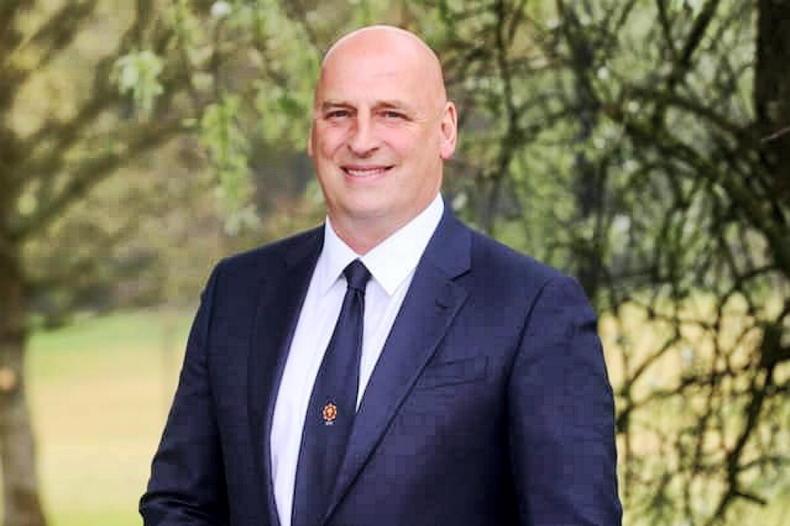
John McLenaghan.
Originally, the plant was designed to be run in conjunction with his dairy herd. However, at the time, milk price was around £0.13 per litre, so he opted to focus his efforts and resources on the AD plant.
“There was no difficulty in making this choice for my business, the right thing to do was to concentrate more of our resources towards expanding the biogas plant to take more of the crops we were producing on the farm,” he said.
Equally, however, now that milk price has improved, he may consider getting back into dairy farming again alongside his AD operation, he said.
“One of the great things about farming is that you have to be prepared to be flexible as market opportunities present itself,” said John.
“The land is yours and, while there may be a dilemma about how the land is used, whether it’s for food, fuel or the environment, it is up to individual farmer to do what is best for them,” he concluded.
Payback
John said that he looked closely at the payback period when deciding whether or not to invest in AD. He explained that he needed a payback period of around seven years to make it work.
“An AD plant is an extremely difficult operation to manage. By the time you get to the end of the seven-year period, you will need to reinvest in the equipment to keep the various components of the plant running,” he said.
John thinks developing an AD plant was the right move for his business, but the learning curve was steep. He thinks the Republic of Ireland is now on the cusp of developing an AD industry of its own. However, Northern Ireland was only able to develop these 90 AD plants with the help of a well-funded government support scheme.
The next step for John is to explore developing his plant further to produce biomethane, which will be used as a replacement for tractor diesel on his farm. This will be central in further decarbonising his farming operation.
I016, Northern Ireland was on the cusp of the rapid development of an anaerobic digestion (AD) sector. Over the space of a few years, the sector has gone from just a handful of AD plants to over 90 in operation today.
The Republic of Ireland is now in the same situation and over the next number of years, is expected to see the rapid development of the AD sector. This means that farmers here are about to be presented with a new farm opportunity and, if it’s right for their business, they should be prepared to take it.
This is according to John McLenaghan, AD operator and deputy president of the Ulster Farmers’ Union (UFU) who spoke at November’s Renewable Gas Forum of Ireland biomethane conference.
John farms near Garvagh, Co Derry, and gave his experience of running and developing a 330kW farm-based AD plant which was commissioned in 2016. He always had a keen interest in renewables, having built one of Northern Ireland’s first farm-based wind turbines in the early 2000s.
The plant is farm-based and farm-fed. He uses grass silage and whole crop produced from his own and neighbouring farms, along with cattle slurry, chicken manure and some liquid by-product from a local milk processor.
He feeds the plant 24t/day, which consists of 14t of silage/whole crop and 10t of slurry and whey.
John aims to produce 20t/ac fresh weight of grass silage per year across three to four cuts. Across the farm, he uses very little chemical fertiliser, but will spread an amount in March to kickstart grass growth.
He aims to harvest his first cut in early May. From there on, he will use mostly digestate to grow the rest of the crops.
Opportunities
He told attendees that farmers have to be prepared to take opportunities as they come and make the best use of their land. He first considered developing an AD plant when milk price was low in the North.

John McLenaghan.
Originally, the plant was designed to be run in conjunction with his dairy herd. However, at the time, milk price was around £0.13 per litre, so he opted to focus his efforts and resources on the AD plant.
“There was no difficulty in making this choice for my business, the right thing to do was to concentrate more of our resources towards expanding the biogas plant to take more of the crops we were producing on the farm,” he said.
Equally, however, now that milk price has improved, he may consider getting back into dairy farming again alongside his AD operation, he said.
“One of the great things about farming is that you have to be prepared to be flexible as market opportunities present itself,” said John.
“The land is yours and, while there may be a dilemma about how the land is used, whether it’s for food, fuel or the environment, it is up to individual farmer to do what is best for them,” he concluded.
Payback
John said that he looked closely at the payback period when deciding whether or not to invest in AD. He explained that he needed a payback period of around seven years to make it work.
“An AD plant is an extremely difficult operation to manage. By the time you get to the end of the seven-year period, you will need to reinvest in the equipment to keep the various components of the plant running,” he said.
John thinks developing an AD plant was the right move for his business, but the learning curve was steep. He thinks the Republic of Ireland is now on the cusp of developing an AD industry of its own. However, Northern Ireland was only able to develop these 90 AD plants with the help of a well-funded government support scheme.
The next step for John is to explore developing his plant further to produce biomethane, which will be used as a replacement for tractor diesel on his farm. This will be central in further decarbonising his farming operation.




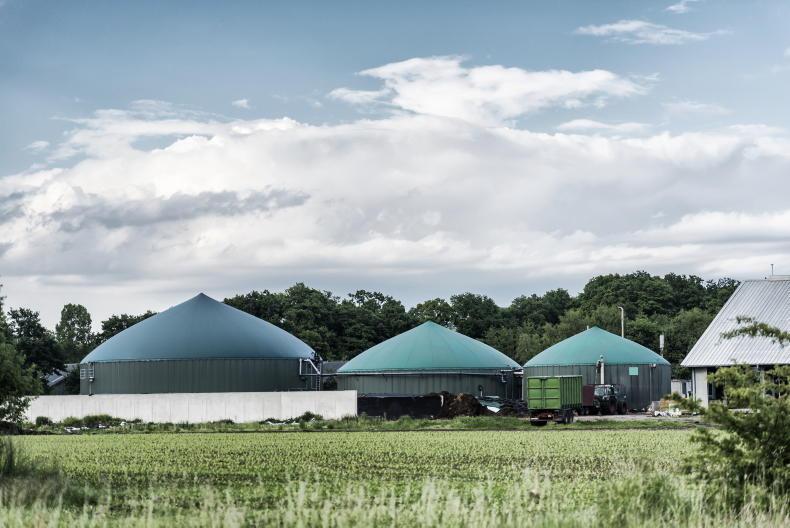

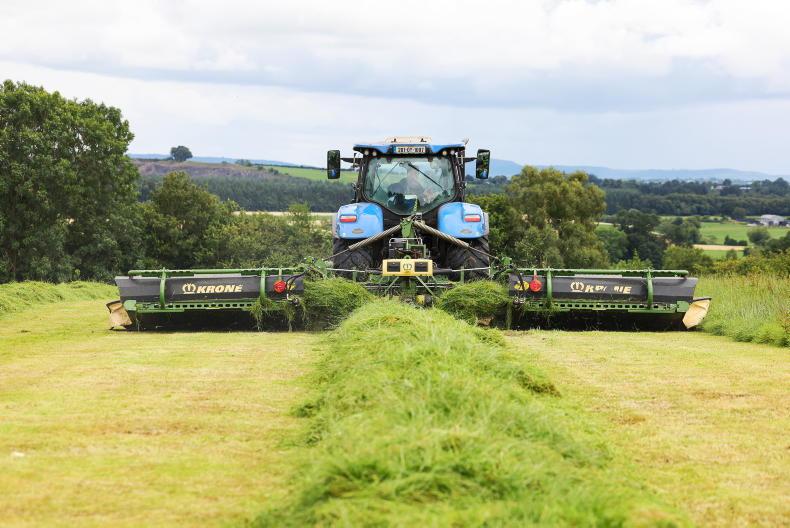

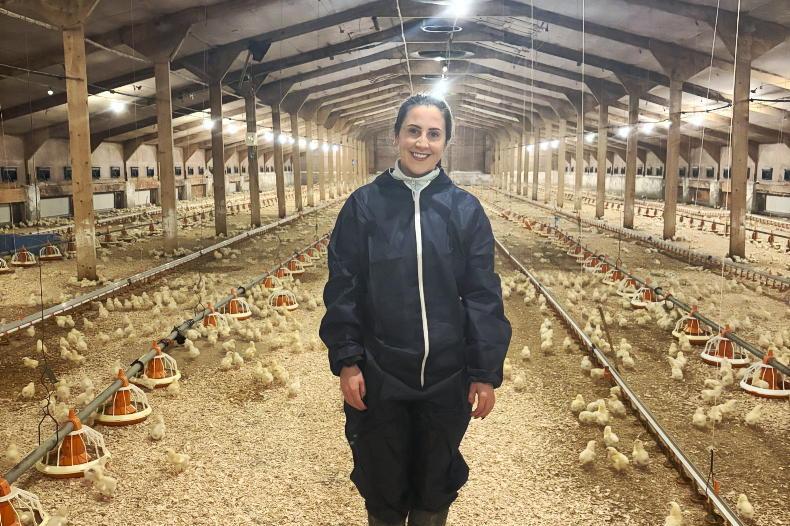

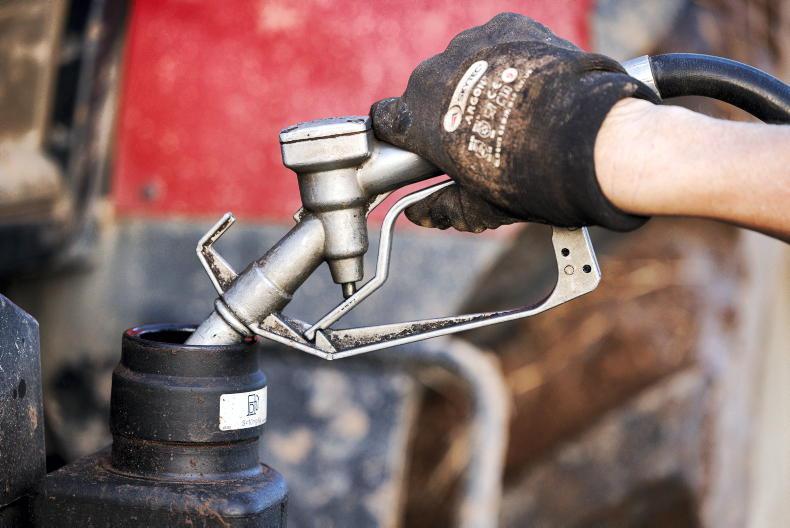
SHARING OPTIONS